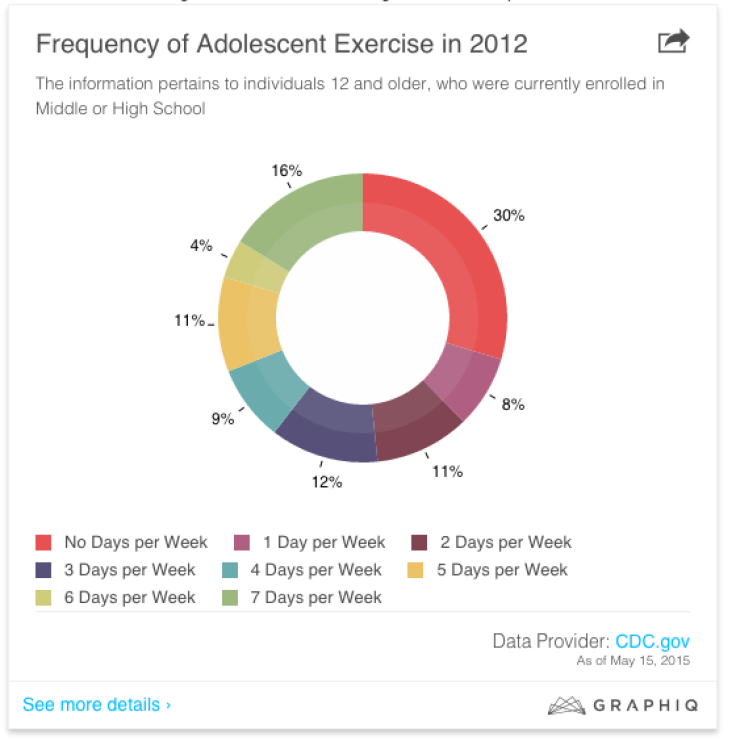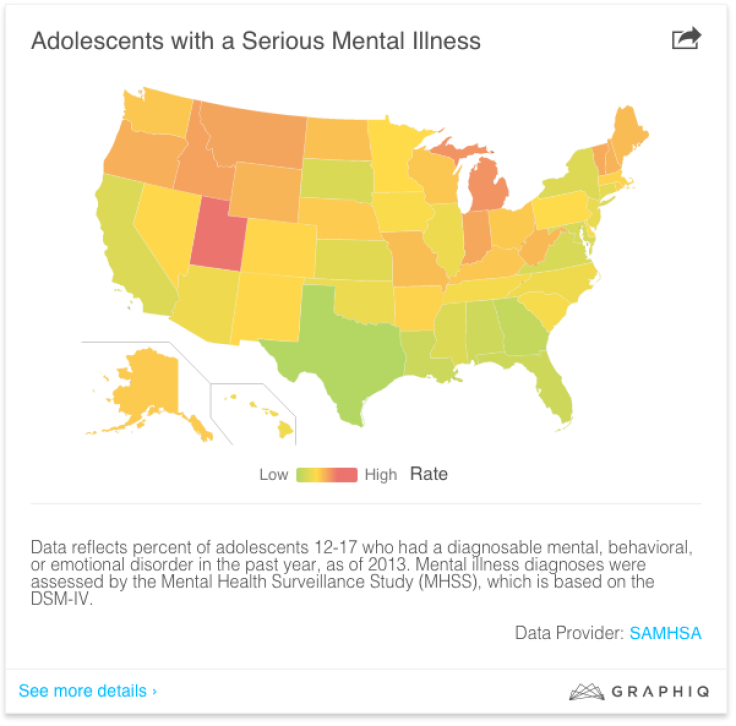CDC's Student Health Report Highlights Physical Activity And Mental Illness Rates Among America's Youth

Adolescence is a time for parents and teachers to intervene and instill key healthy habits to develop into a lifelong routine. In order to improve current adolescent health, the Centers for Disease Control and Prevention (CDC) met on Tuesday for the Public Health Grand Rounds dedicated to “Adolescence: Preparing for Lifelong Health and Wellness.”
In the United States alone, there are 42 million children, between the ages of 10 and 19 years old. Out of those adolescents, 91 percent are enrolled in an academic institution. According to the CDC, school lends itself as an “ideal place” to develop and engrave healthy behaviors they can carry well into adulthood. It’s also a convenient place to collect data on their health history and current levels of physical activity, HIV/AIDS testing, cigarette use, and record any diagnosable mental, behavioral, and emotional disorders.
“Adolescence is a critical stage of development during which physical, intellectual, emotional, and psychological changes occur,” the CDC wrote. “While adolescence is a relatively healthy period of life, adolescents begin to make lifestyle choices and establish behaviors that affect both their current and future health. ”
The CDC presented results from national school surveys to provide a bigger picture of American children’s overall health. Only 31 percent of middle school and high school students are getting at least five days of exercise a week. Meanwhile 40 percent of students exercise between one and four days a week, and 30 percent don’t exercise at all.

A newer issue in the United States is electronic cigarette use, which has been blamed for targeting teens with fruity flavors. Conventional cigarette use itself dropped five percent between 2013 and 2014, but e-cigarette use more than replaced the gap by increasing use by more than 10 percent over that same year. And as far as HIV and AIDS testing is concerned, the CDC reports 77 percent of students 12 years of age and older go untested, while another 10 percent are uncertain.


As for student mental illness, Utah may seem to have an alarmingly high rate compared to the rest of the United States. However, the state has a very unique law compared to the rest of the country. The Supreme Court ruled to protect a minor’s constitutional right to privacy, but Utah is the only state that does not meet this requirement, according to Guttmacher Institute. Therapists and counselors can then report any mental illnesses to parents and guardians, which is why more children and adolescents are identified and properly diagnosed.

The next CDC Grand Rounds Session will be held in September, on “Preventing Suicide: A Comprehensive Public Health Approach.” The session is scheduled to address both youth and adult suicide risk factors and rates in the United States.



























